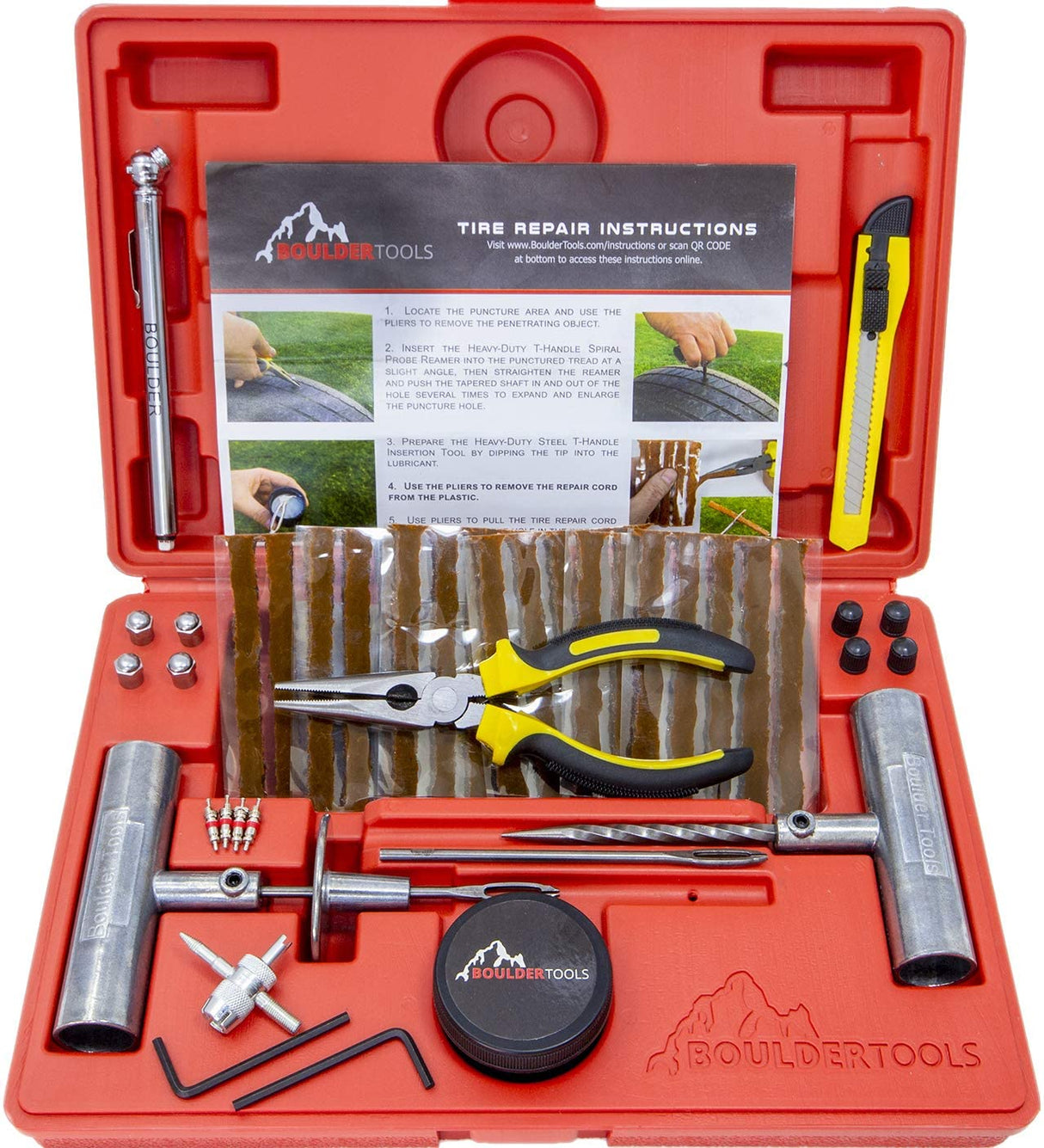5 Best Diy Catalytic Converter Repair Methods
Catalytic converter repair can be done using methods such as welding, patching, or using a catalytic converter cleaner. These methods are cost-effective and efficient in restoring the functionality of the catalytic converter.
The catalytic converter is an essential component of a vehicle’s exhaust system, responsible for reducing harmful emissions. However, over time, it may become damaged or clogged, causing a decrease in performance and an increase in pollution. In such situations, catalytic converter repair becomes necessary.
While professional repair or replacement can be expensive, there are several effective do-it-yourself (DIY) methods that can save you money. We will explore the five best DIY catalytic converter repair methods that you can consider to restore your converter’s functionality. These methods, including welding, patching, or using a catalytic converter cleaner, are affordable and straightforward solutions that can effectively address common catalytic converter issues. So, let’s dive in and discover the DIY techniques that can help you breathe new life into your catalytic converter.
Method 1: Using A Catalytic Converter Cleaner
This method involves using a catalytic converter cleaner to restore the efficiency of your converter.
Understanding How Catalytic Converter Cleaners Work
Catalytic converter cleaners work by dissolving carbon deposits and other build-ups that may be clogging the converter.
Step-by-step Application Process
- Pour the catalytic converter cleaner into your gas tank before refueling.
- Drive your vehicle to allow the cleaner to flow through the exhaust system.
- Repeat this process every few thousand miles to maintain converter health.
Method 2: Repairing With Epoxy And Clamp
Are you experiencing issues with your catalytic converter? Thankfully, there are several DIY repair methods that can save you time and money. In this blog post, we’ll explore the top 5 methods you can try at home to fix your catalytic converter. In this section, we’ll focus on Method 2: Repairing with Epoxy and Clamp.
Identifying And Locating The Leak
If you suspect a leak in your catalytic converter, it’s important to identify and locate the source of the problem. Start by inspecting the converter for visible signs of damage such as cracks or holes. You can also use a stethoscope to listen for hissing or whistling sounds near the converter, which may indicate a leak.
Application Of Epoxy And Clamping Process
To repair the leak, you’ll need epoxy and a clamp. Here’s a step-by-step guide on how to apply these solutions:
- Step 1: Clean the area around the leak using a degreaser and a wire brush. Make sure the surface is free from any dirt or debris.
- Step 2: Mix the epoxy according to the manufacturer’s instructions. Apply a generous amount of epoxy to cover the entire leak area.
- Step 3: Use a clamp to hold the epoxy in place. Gently tighten the clamp until the epoxy has fully cured. This will help create a strong and secure seal.
- Step 4: Allow the epoxy to cure for at least 24 hours before starting your vehicle. This will ensure the repair is fully set and effective.
It’s important to note that this method is best suited for small leaks and should only be used as a temporary solution. If the damage to your catalytic converter is extensive or the leak persists, it’s recommended to seek professional help or consider replacing the converter entirely.
Now that you know how to repair your catalytic converter using epoxy and a clamp, you can confidently tackle this DIY project. Stay tuned for our next method on the list: Method 3: Using a Sealant Tape. With these repair methods, you can extend the life of your catalytic converter and keep your vehicle running smoothly.
Method 3: Fixing With Welding
One of the best DIY catalytic converter repair methods involves fixing it with welding. This method requires the use of specialized equipment and expertise to ensure a proper and lasting repair. Welding the damaged area can effectively restore the converter’s functionality, making it a reliable option for DIY enthusiasts.
When it comes to repairing a catalytic converter, one method that can prove to be effective is fixing it with welding. This method involves assessing the suitability of welding, following the proper welding procedure, and taking necessary safety precautions. By understanding the assessment process and following the correct welding procedure, you can successfully repair your catalytic converter using this method.
Assessment For Welding Suitability
In order to determine if welding is a suitable method for fixing your catalytic converter, you need to assess the condition of the converter. Conduct a thorough examination to identify the extent of the damage and ensure that it is caused by a weldable issue, such as cracks or gaps. Additionally, check if the converter is made of a material that can be repaired with welding techniques.
Welding Procedure And Safety Precautions
Before attempting to weld your catalytic converter, it is crucial to follow the correct welding procedure to ensure a successful repair. Start by cleaning the damaged area with a wire brush or sandpaper to remove any dirt or rust. Then, apply a high-temperature welding flux to the area to protect it from oxidation during the welding process.
Next, use a welding machine specifically designed for catalytic converter repairs. This machine should have settings for temperature control to prevent overheating and damaging the converter further. Make sure to use a suitable welding rod or wire that matches the material of the converter to achieve a strong and durable repair.
When welding, it is essential to wear protective gear such as a welding helmet, gloves, and a fire-resistant apron. Ensure that you are working in a well-ventilated area to prevent inhalation of hazardous fumes. It is also advisable to have a fire extinguisher nearby in case of any accidents.
Once the welding is complete, allow the converter to cool down before reinstalling it in your vehicle. Carefully inspect the repaired area to ensure that the weld is secure and there are no visible defects. The welded section should be free from any holes, cracks, or gaps.
By following the proper welding procedure and taking necessary safety precautions, you can successfully repair your catalytic converter using this method. However, it is important to note that welding requires specific skills and equipment, so if you are not experienced in welding, it is recommended to seek professional assistance to avoid causing further damage to your catalytic converter.

Credit: calmatters.org
Method 4: Utilizing A Patch Kit
One effective DIY catalytic converter repair method is using a patch kit, which can help seal small cracks or holes in the converter. By following the instructions carefully and applying the patch correctly, you can restore your converter’s functionality and reduce emissions.
`choosing The Right Patch Kit`
Select a quality patch kit specifically designed for catalytic converter repair. Make sure the kit is suitable for the size of the damage on your converter. Consider kits that include easy-to-follow instructions and all necessary materials. ``step-by-step Application Instructions`
Clean the damaged area thoroughly using a wire brush or sandpaper. Measure and cut the patch from the kit to cover the damaged section. Apply the adhesive included in the kit to both the patch and the converter. Press the patch firmly onto the damaged area and hold in place as directed. Allow sufficient time for the adhesive to dry completely before starting the vehicle. Consider using protective gloves and following safety precautions as directed.Method 5: Diy Catalytic Converter Replacement
When it comes to addressing issues with your catalytic converter, sometimes a replacement is the best course of action. Here, we’ll explore the method of DIY catalytic converter replacement, providing a comprehensive guide to the evaluation of feasibility, step-by-step removal, and installation.
Evaluating The Feasibility Of Replacement
Determining whether DIY catalytic converter replacement is feasible requires evaluating the extent of the damage and the availability of necessary tools and expertise. Be sure to examine the severity of the issue and assess if a replacement is the most cost-effective solution.
Step-by-step Removal And Installation Guide
Before diving into the replacement process, ensure that you have the appropriate safety gear, including gloves and goggles. Begin by locating the catalytic converter, typically found in the exhaust system. Unbolt and carefully remove the old converter, taking caution to avoid any leaks or spillage of residual materials. Once the old converter is removed, install the new one using the reverse procedure, and ensure a secure fit before bolting everything back into place.

Credit: basecampprovisions.us

Credit: www.amazon.com
Frequently Asked Questions Of 5 Best Diy Catalytic Converter Repair Methods
Can You Fix A Catalytic Converter Yourself?
No, fixing a catalytic converter should be done by a professional due to its complexity and potential legal issues. It requires specialized equipment and knowledge of emission regulations. Attempting to fix it yourself can result in further damage or non-compliance with environmental laws.
How To Cheaply Fix Catalytic Converter Without Replacing?
To cheaply fix a catalytic converter without replacing, you can try using a catalytic converter cleaner or an oxygen sensor spacer. These products can help improve the efficiency of your catalytic converter and reduce emissions. It’s important to note that these solutions may only be temporary and won’t fix major issues.
Consulting a professional mechanic is recommended for proper diagnosis and repair.
Is There A Quick Fix For Catalytic Converter?
Quick fixes for catalytic converters are not recommended. Proper diagnosis and repair by a professional mechanic are essential.
Is There A Catalytic Converter Cleaner That Actually Works?
Yes, there are effective catalytic converter cleaners available that can improve performance and reduce emissions. Regular use can help maintain and prolong the life of your converter.
Conclusion
Repairing a catalytic converter yourself is cost-effective and practical. By following these DIY methods, you can extend the lifespan of your vehicle’s converter. From cleaning to patching minor leaks, these techniques offer a budget-friendly solution for maintaining your car’s emissions system.
Take control and tackle converter repairs confidently!


